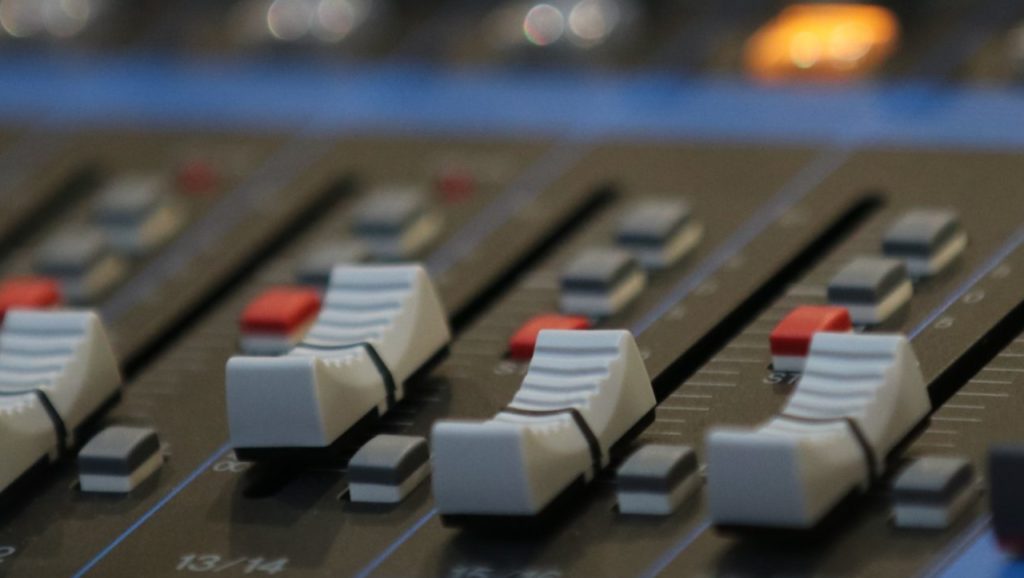M+E Europe

M&E Journal: Italian Dubbing, From Rome to Milan
Story Highlights
The Italian dubbing industry prides itself on a very long tradition that began in Rome’s Cinecittà Studios, and later expanded to Milan. Nowadays, Rome is tops when it comes to dubbing films, while Milan has an ever-growing leading role in animations and TV series.
At the beginning of the 20th century, it wasn’t technically possible to record sound while filming, with images backed up by music played live by an orchestra physically located in the theatre, or played on a gramophone.
The first film with sound was released by Warner Bros. 1926 with Don Juan, in which some music and sound effects could be heard, but no spoken dialogue. In the following year, Warner Bros. presented The Jazz Singer, the first-ever movie in the world with synchronised dialogue. It was just a few lines — one of which was famously addressed to the audience — but it marked the beginning of a new era for cinema.
 While film dialogue was an instant success in America, the concept initially struggled in Europe, partly due to theatres not being equipped for sound, but mainly due to national governments not willing to broadcast foreign language works.
While film dialogue was an instant success in America, the concept initially struggled in Europe, partly due to theatres not being equipped for sound, but mainly due to national governments not willing to broadcast foreign language works.
The Italian fascist regime at the time was among the first to understand the huge potential of cinema as a means of control over the masses (as well as to oppose the use of foreign languages) so much so that they started replacing the original audio with captions displayed on a black background, or on a still image, resulting in awful viewing experiences and a disproportionate increase of a movie’s duration (sometimes tripled).
At the time, Italy was a relevant market for the American film industry, and the big majors sought a solution: in 1929 Fox California Studios hired Augusto Galli to produce the Italian audio of a scene from Married in Hollywood.
This was the birth of dubbing, initially produced in the U.S. by mostly using Americans of Italian descent.
Following the success of dubbing in Europe, Paramount created a central hub in France, where actors from various European countries would travel to dub their language releases.
In 1932, however, an Italian royal decree established that any foreign film dubbed outside of Italy could not be screened in Italian theatres. Consequently, in that same year the first Italian dubbing studio opened in Rome, and the following years witnessed a real dubbing boom. Voice acting became an esteemed profession and some voice actors became actual celebrities, such as Paolo Stoppa, Andreina Pagnani and the little girl Miran da Bonansea, who was the Italian voice of Shirley Temple.
On Dec. 31, 1938, however, due to heavy Italian taxation on dubbing, most of the American film companies stopped exporting their movies to Italy. And shortly thereafter, World War II blew the entire dubbing market away.
The dubbing industry was rebuilt only after the war ended: in 1945, the Cooperativa Doppiatori Cinematografici (CDC; Film Dubbers Cooperative Association) was founded, followed by the Organizzazi- one Doppiatori Cinematografici (ODI) (Film Dubbers Organisation).
In the following decades, dubbing became increasingly important and sophisticated. Thanks to the spread of TV broadcasting in Italy, with the subsequent appearance of commercial channels, the so-called “Milanese school” flourished in the ‘80s, especially since the TV network “Fininvest” (later renamed as “Mediaset”) began to entrust the Milanese cooperative associations with the dubbing of Italian versions of cartoons and TV series.
Along with the proliferation of television channels and OTT platforms, the demand for qualified voice actors increased steadily and, though cinema dubbing remains to this day an almost exclusively Roman domain, Milan gained a distinguished leading role in animation movies, cartoons, documentaries, and TV series.
 In recent years, dubbing in the “capital of the north” has had a dizzying development thanks to the technologies and know-how of studios accustomed for decades to work both in the advertising field — where attention to quality and detail is obsessive — and on extremely complicated projects such as the dubbing and localisation of modern video games.
In recent years, dubbing in the “capital of the north” has had a dizzying development thanks to the technologies and know-how of studios accustomed for decades to work both in the advertising field — where attention to quality and detail is obsessive — and on extremely complicated projects such as the dubbing and localisation of modern video games.
Such products often require the use of dozens of actors, who usually rely only on assets made of hundreds of fragmented script sentences and standalone reference audio tracks, and thus can’t count on the typical linear narration of a film or a TV series, or the visual support of images and videos.
It’s no coincidence that a company such as Jinglebell S.r.l — with 40-plus years experience in audio production, localisation and post-production — quickly became a globally recognised player in the dubbing field, to the point of joining a large international group such as Keywords Studios that can better support Jinglebell in offering its services to the Italian market.
In short, while this long-running rivalry between Milan and Rome in the field of dubbing is bound to continue, it simply results in an even stronger offering of qualified suppliers and an expanding pool of professional voice actors for a constantly growing market.
** By Giorgio Papetti, Director, Digital, Media, Jinglebell S.r.l., a Keywords Studios Company **
=============================================
Click here to download the complete .PDF version of this article
Click here to download the entire Winter 2021 M&E Journal









